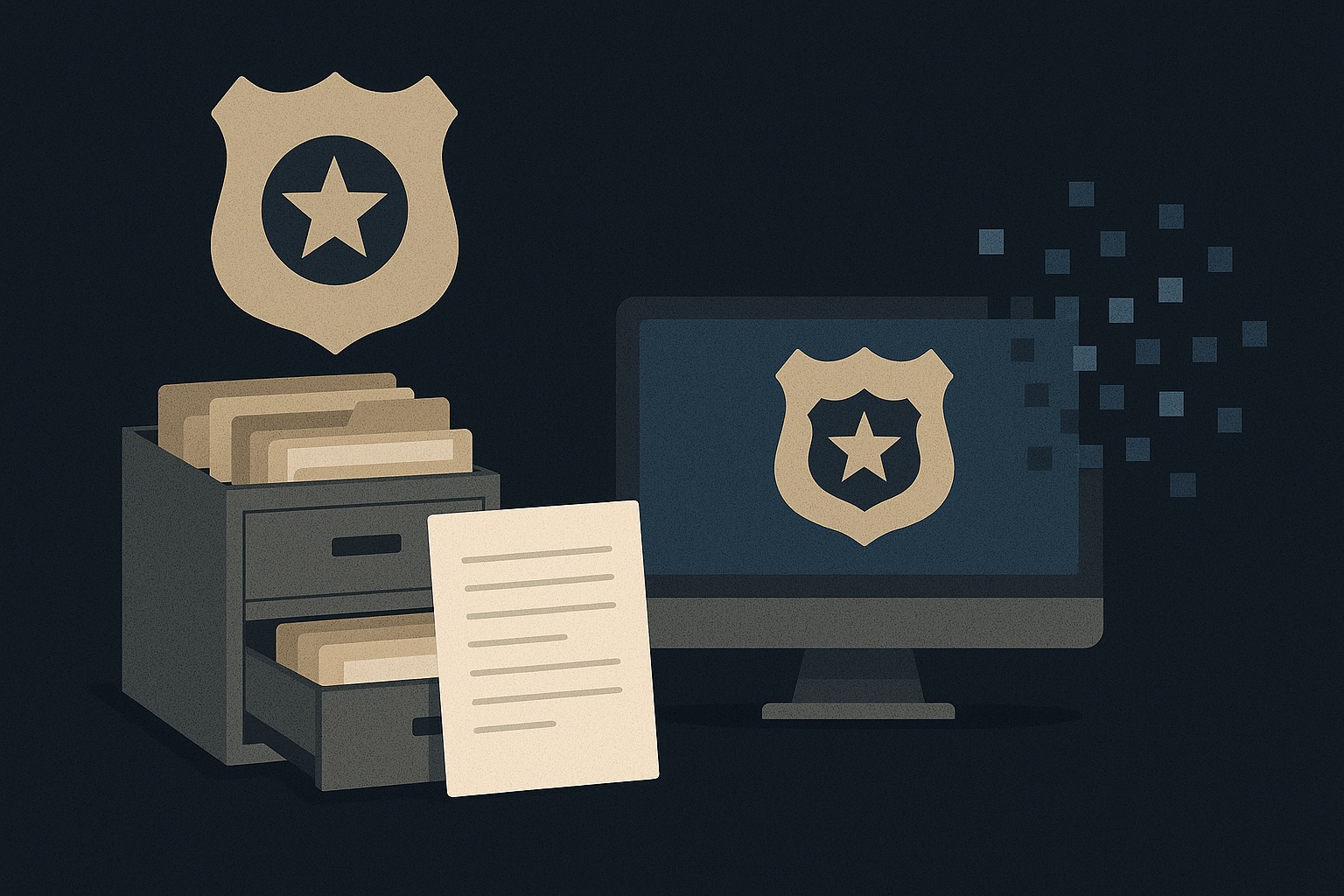Digital Transformation in Emergency Services: How Technology Becomes Your Secret Recruitment Weapon

The recruitment landscape for law enforcement agencies has shifted dramatically. While badge polish and pension plans still matter, today’s top candidates are evaluating your digital footprint before they ever step into your station. For sheriff’s offices and police departments struggling to attract talent, technology isn’t just a tool—it’s the difference between a thriving force and a staffing crisis. Let’s explore how cutting-edge digital strategies are rewriting the rules of emergency services recruitment.
The Recruitment Crisis Meets the Digital Revolution
Recent data paints a stark picture: 78% of agencies report difficulty recruiting qualified officers, while paramedic turnover rates hit 30% annually29. But dig deeper, and you’ll find a revealing disconnect—67% of millennials abandon paper applications mid-process4, and 73% of job searches start on mobile devices7. The message is clear: outdated hiring systems aren’t just inefficient—they’re actively repelling the tech-native candidates you need most.
Take Riverside County Sheriff’s Office as a case study. Their 14-month concealed carry permit process now takes three weeks through digital workflows4. While not recruitment-specific, this transformation highlights a universal truth: candidates judge your technological competence as proof of organizational effectiveness.
Mobile-First: The New Hiring Frontier
When the Hanover County Sheriff’s Office launched mobile-optimized applications, they saw a 40% surge in qualified candidates4. Their secret? Recognizing that today’s recruits expect Amazon Prime convenience, not DMV-style bureaucracy. Key mobile strategies include:
- Cloud-based forms accessible via smartphone with auto-save functionality
- QR code integration on physical recruiting materials linking to digital resources
- Automated SMS updates guiding candidates through each hiring phase
The Palm Beach Gardens Police Department reduced status inquiry calls by 63% using applicant portals with real-time progress tracking4. For digital natives raised on package tracking apps, this level of transparency isn’t a perk—it’s table stakes.
AI and Automation: The Background Check Revolution
Traditional background investigations consume 40+ hours per candidate15. The California Department of Corrections cut this time in half using eSOPH software that auto-populates forms and flags inconsistencies4. Guardian Alliance® takes this further, using AI to analyze social media for risk factors while maintaining compliance512.
“Our background time dropped from 40 hours to 20,” reports Sergeant Tiffney Lindley4. This acceleration is critical—25% of top candidates accept other offers during lengthy hiring processes12.
Social Media: Your Digital Recruitment Beat
The numbers don’t lie: 79% of job seekers use online sources10, and agencies using targeted social campaigns see application increases up to 500%7. But effective digital outreach requires more than posting vacancies. Consider these innovative approaches:
- Virtual ride-alongs using 360-degree video
- Officer-led TikTok series showcasing daily operations
- Geofenced ads targeting military bases and colleges
The Philadelphia Police Department’s AI-driven behavioral health platform2 and NYPD’s optimized career pages10 demonstrate how technology enhances both recruitment and community trust.
Data Analytics: The Recruitment Compass
Agencies leveraging data see 22% higher applicant conversion rates4. Key metrics to track include:
- Application drop-off points in your digital workflow
- Source effectiveness for job board vs social media candidates
- Time-to-hire benchmarks compared to industry standards
The Fayetteville PD increased hires by 50% using Guardian Alliance’s tracking tools to identify bottlenecks15. For decision-makers, this data transforms recruitment from guesswork to science.
Success Stories: Technology in Action
- Erie County Sheriff’s Office
Implemented mobile-friendly applications with auto-save features, resulting in a 22% completion rate increase in six months4. - San Antonio Fire Department
Integrated athletic trainers via digital health platforms, improving recruit fitness outcomes and reducing injury-related dropouts6. - Charlotte County Sheriff’s Office
Reduced hiring time from 6 months to 30 days using cloud-based background checks, achieving 154 hires in 202415.
Your Digital Roadmap: Where to Start
- Conduct a tech audit
Time each hiring stage and identify friction points. Most agencies lose 60% of candidates during paperwork completion4. - Pilot a mobile solution
Convert paper forms to fillable PDFs or adopt platforms like PoliceApp that increase applications by 400%7. - Upskill your team
Train recruiters on social media optimization and data analysis—skills now as crucial as interview techniques. - Partner strategically
Solutions like Guardian Alliance® offer customizable platforms that scale from small towns to metro agencies1215.
The Future Is Phygital
As VR station tours and AI chatbots become standard, forward-thinking agencies are already:
- Gamifying assessments to test decision-making under pressure
- Using predictive analytics to identify candidates with longevity potential
- Implementing continuous vetting through automated social media monitoring5
The message to candidates is clear: We invest in technology because we invest in you.
Conclusion: Transformation or Obsolescence
The recruitment crisis isn’t about lacking candidates—it’s about lacking the tools to reach them. As Captain Walker notes, “Candidates aren’t judging our police work—they’re judging our Dropbox skills”4. By embracing digital transformation, you’re not just streamlining hiring; you’re proving your agency’s commitment to excellence in every pixel and process.
The deputies of 2030 are applying today—through their phones. Will your application process meet them where they are?